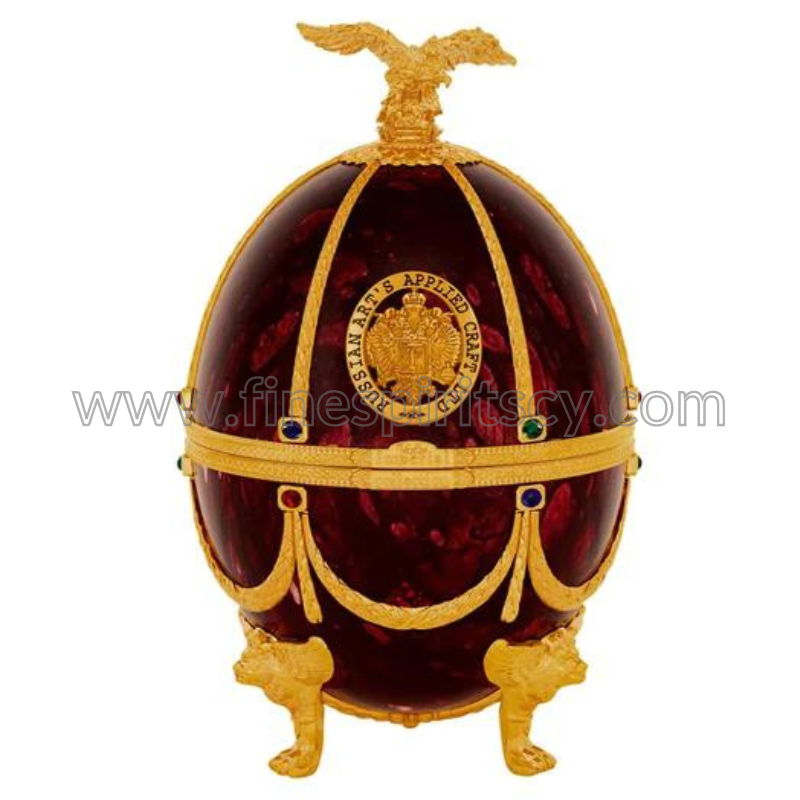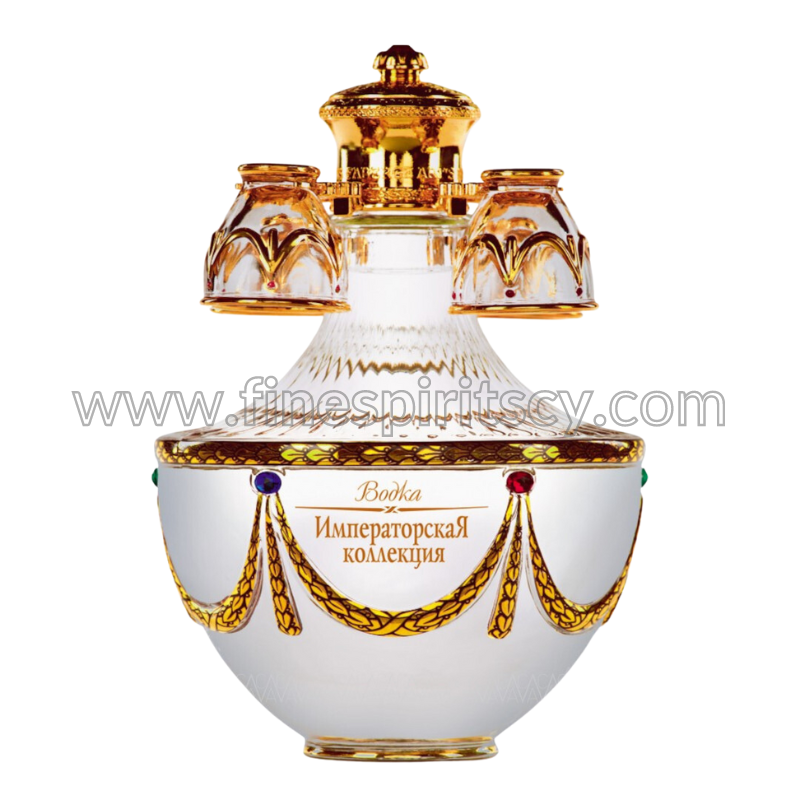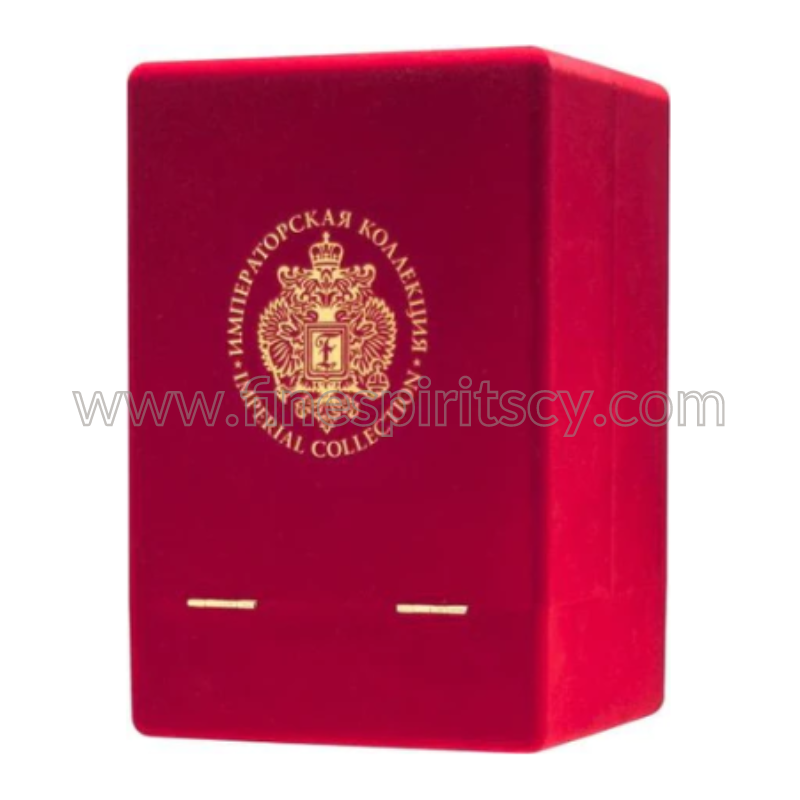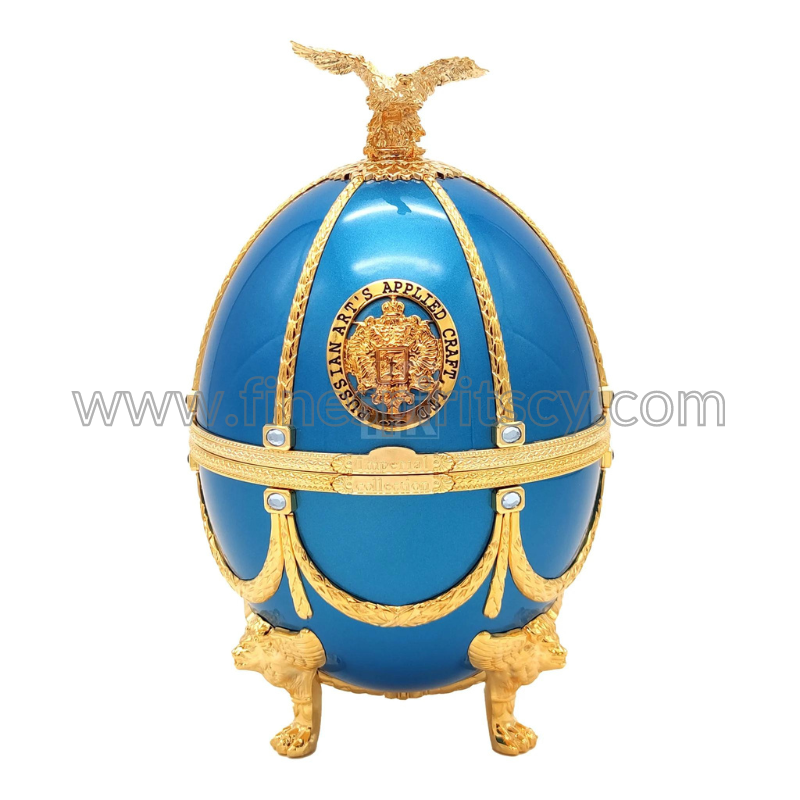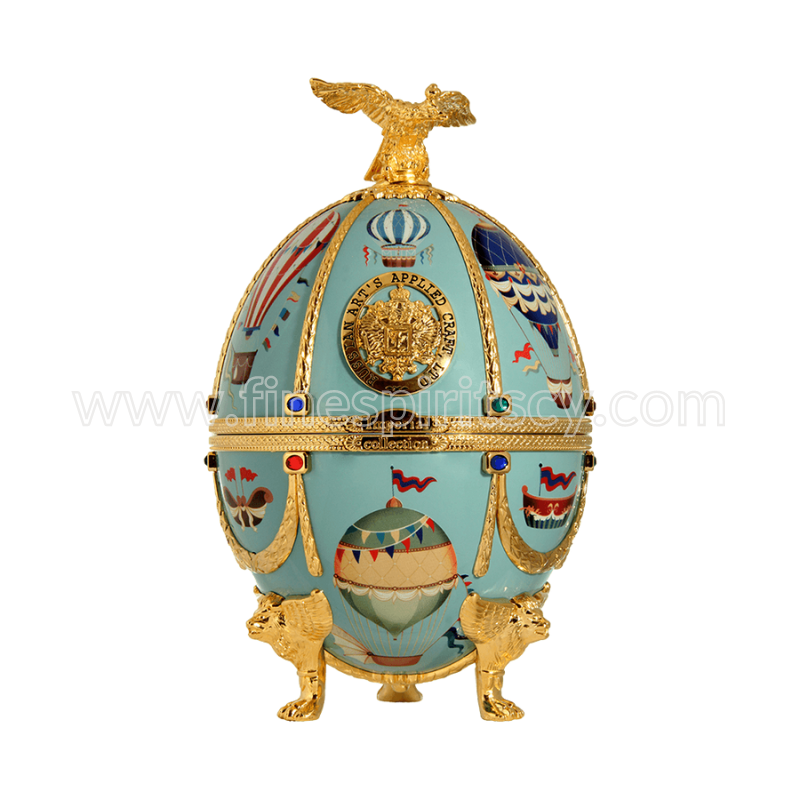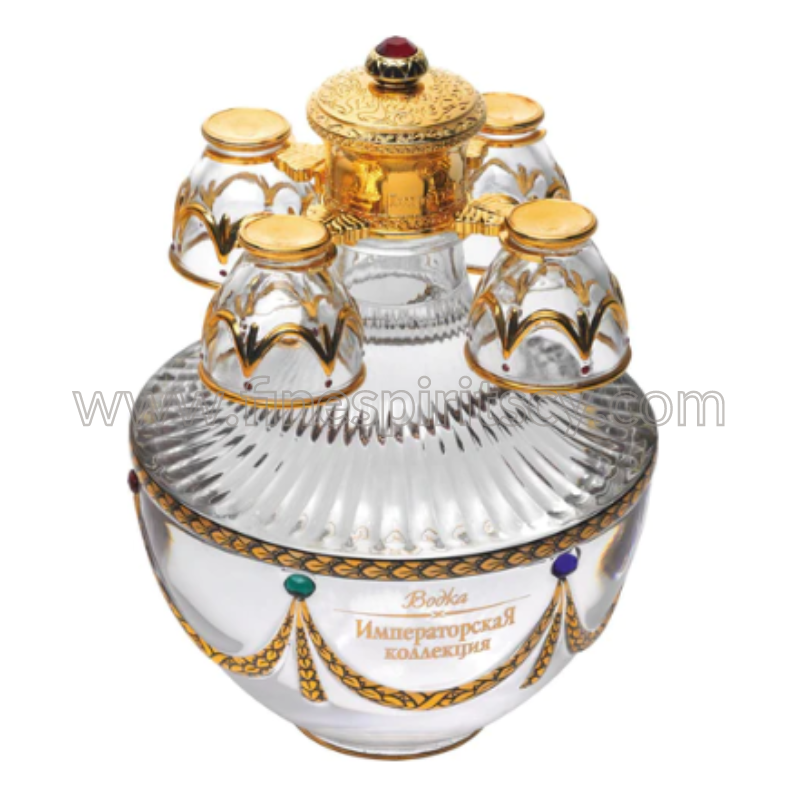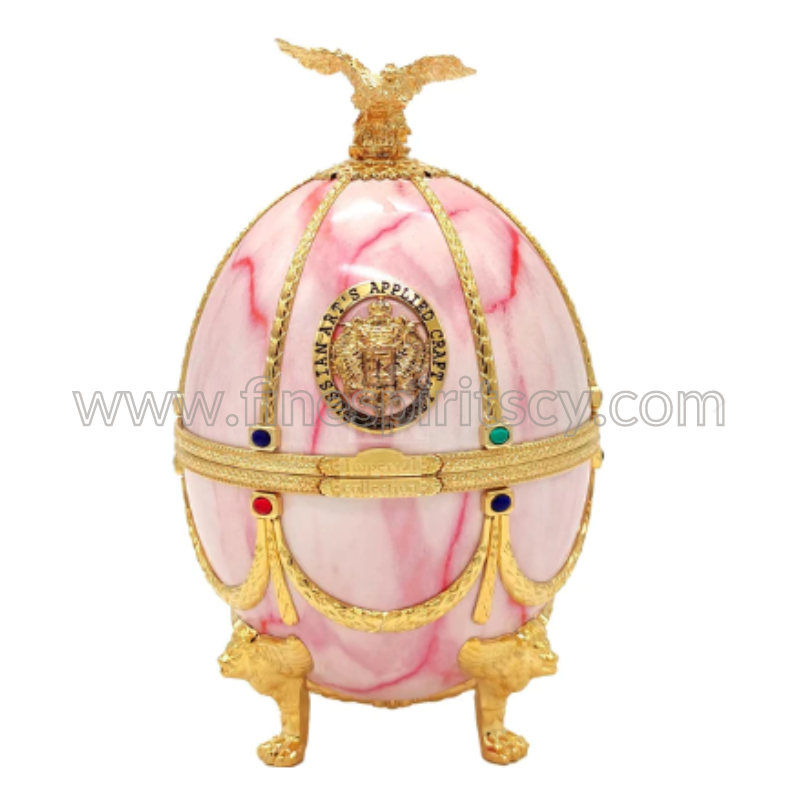The history of Fabergé
The history of Fabergé is closely connected with the life of the last member of the Romanov family – Tsar Nicholas II and with the Russian Revolution, which changed the face of world history. Peter Carl Faberge was a jeweler and goldsmith for the imperial family. He created jewelry with incomparable precision and indescribable beauty. His work attracted the attention of industrialists, royal families, the intelligentsia, etc. In 1917, the Bolsheviks put an end to Faberge’s activities and he was forced to flee.
In 1951, the Faberge family lost a case in which they wanted to produce and sell jewelry under the name “Faberge”. Despite this failure, the Faberge family managed to maintain their strength and creativity, and in 2007 the name Faberge merged with the Faberge family. On September 9, 2009, the new Fabergé series – Les Fabuleuses de Fabergé High Jewelery Collections – was launched on the market.
The Faberge Imperial Egg series was created in the period 1885-1916. This is considered to be Faberge’s most fruitful and successful creative period. The story begins when Tsar Alexander III decided to give his wife, Empress Marie Fedorovna, a jewel in the shape of an egg in 1885 to honor their 20th wedding anniversary. He wanted it to be in the form of an egg so he could give it as a gift on Easter.
This became a tradition for the Romanov family and for 32 years (until 1917) the imperial egg was the most valuable and desired gift!

